
How to Create Free Gift With Discount Code On Shopify?
Creating gift-with-purchase (GWP) promotions using discount codes on Shopify presents significant user experience challenges when relying on Shopify’s native...
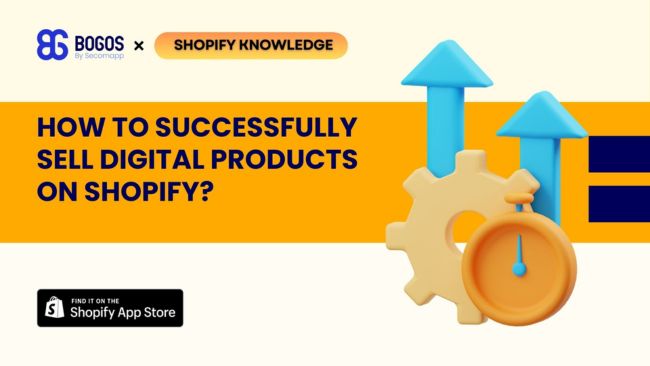
Digital Marketing Specialist
Apart from the popularity of physical products on e-commerce platforms, the digital goods market also has immense growth potential. In 2025, this market is estimated at USD 123 billion and will continue to thrive at a CAGR of 27.52% during 2025-2030.
Thanks to its convenient accessibility on online channels, this type of product is becoming increasingly popular among consumers. As a result, many new store owners have considered and started selling e-goods to enhance business growth.
In this article, you will be introduced to an effective platform for selling digital products: Shopify. Get to know how to make the most of Shopify digital products right here!
Digital products, or e-goods, are intangible items available in digital form. They can be purchased and delivered online, enhancing the convenience and accessibility for online customers.
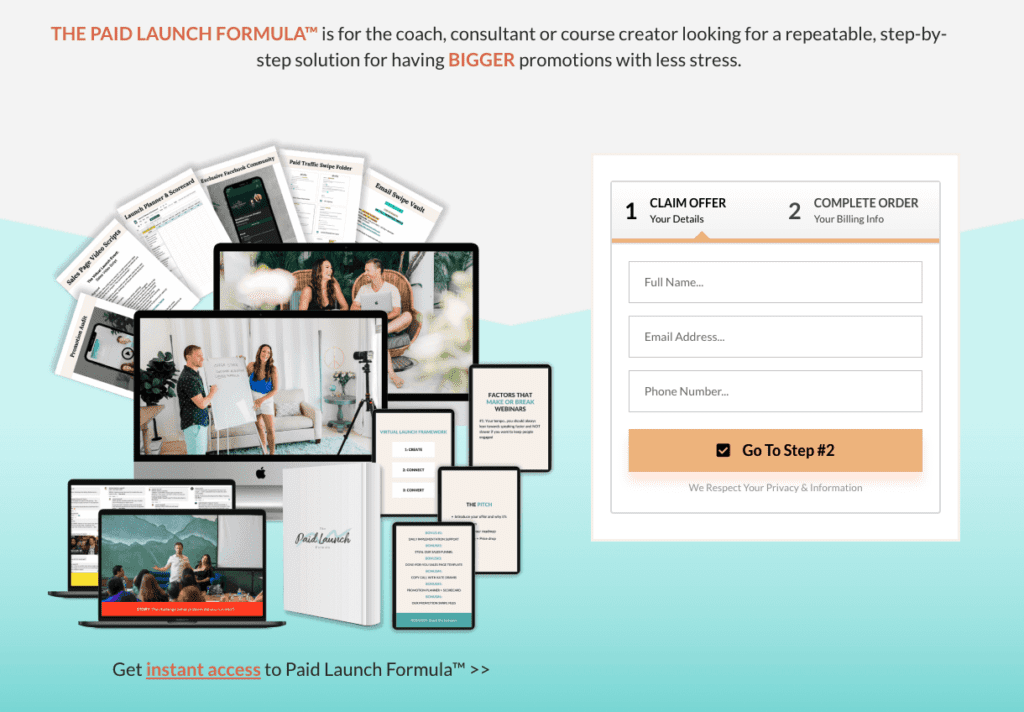
These online goods are reshaping the landscape of global commerce by offering consumers immediate access to various products without the constraints of physical inventory.
Examples: Online courses, templates, ebooks, NFTs, etc.
However, there are certain problems when producing digital products.
For example, many digital products rely on user data collection to function, which can result in customer trust issues and trigger cybersecurity threats. Also, due to e-goods often being pirated, customers are unwilling to pay and will opt for free options.
Distributing digital products on e-commerce channels can have several advantages over physical items, including:
Unlike physical goods, you can create Shopify digital products once without ongoing production. There is no inventory or shipping cost since they can be delivered instantly via online platforms (download, email, etc.), saving you money and time on storage facilities and logistics.
E-goods have impressive scalability because a digital product can be sold repeatedly with little additional costs. The upfront costs to develop these items are often much less than the ongoing costs of physical goods manufacturing.
Moreover, while physical items can lose value over time, digital products do not degrade or become obsolete easily.
Since digital items can be delivered immediately after purchase, they eliminate the need for manual intervention. You can also automate their marketing process by setting up funnel systems and ad campaigns to promote e-goods with minimal management.
You can sell a wide range of Shopify digital products on the online market, such as ebooks, software, or online courses. And unlike physical goods, the cost of reproduction is zero with no limit to how many products you can sell.
Among a wide range of global e-commerce platforms, merchants should consider Shopify to sell their digital products for the following reasons:
Take a look at this list of the high-converting Shopify digital products that you can consider for your business:
Online courses are educational programs available on the Internet, covering various subjects for learners of all levels. In 2025, the online education market revenue is projected to reach USD 203.80 billion, enabling merchants to scale their businesses.
If you plan to sell online courses on Shopify, they are monetizable through different methods (one-time fee, subscriptions, etc.) and have low overhead costs while reaching worldwide learners with one platform.
However, keep in mind that you might encounter particular issues that hinder the learning experience. For example, problems with Internet connectivity, high dropout rates, or the lack of accreditation from educational institutions.
Web Design Studio Accelerator is a famous case study in providing online courses in website building and design. They launched their first course 4 years ago on Udemy, then became one of the BEST SELLING courses on the platform with more than 2,000+ students and 50+ 4.8-star reviews.

According to a Pew Research Center survey, 30% of U.S. adults reported reading at least one eBook in the past year, an increase from 25% in previous years. eBooks are the online versions of paperbacks and can be downloaded or transferred easily on the Internet.
While paperback books are limited to selling in physical stores, eBooks can be sold on multiple sales channels like Shopify or social media. It is a valuable business due to its global reach potential and immediate availability, which makes it easily accessible online.
eBooks are simple to sell online, regardless of whether you are an author, marketer, or hobbyist. These digital book formats (e.g., PDF, MOBI, EPUB) are interactive with instant delivery, yielding high-profit margins while reducing environmental impacts.
In this article, we have breaked down everything you need to know to sell ebooks on Shopify: How to Sell Ebooks on Shopify? A Comprehensive Guide.
Due to these advantages, the eBook market is now saturated with high competition. There will be challenges regarding your promotion and pricing strategy, copyright issues, and the number of readers who prefer printed books over digital ones.
This type of Shopify digital products are digital files designed for customers to download or print at home or a local printing service. They can be calendars, art prints, craft templates, or educational worksheets.
After designing a printable good and uploading it on Shopify, your buyers will purchase and download the file through the platform. Then, they will print the item themselves.
Sellers needn’t invest in inventory management or handle shipping since printable products are easily customized and delivered instantly online. Nonetheless, you must acquire graphic design skills and target the right audience to sell these e-goods.

Offering a graphic design service is one thing, but you can provide customers with a pre-made series of graphic templates for higher satisfaction. These templates are available in diverse formats (e.g., banners) on different design platforms (e.g., Canva, Adobe Illustrator).
Buyers will purchase the layouts and customize them based on personal needs. Most graphic templates are user-friendly for easy modification with high quality to serve versatile use.
Nonetheless, similar to some e-goods above, this is a competitive market with many licensing and copyright issues. Maintaining consistent quality across all templates is also a challenge.
Katya Varbanova is a successful graphic designer who turned her graphic design skills into a stable passive income. She saw the immense growth potential of visual content on social media and used Canva to create templates that help people develop viral business content.
💡 You might also want to read: How to Sell Art on Shopify in 2025? A-Z Guide
Another popular sector of Shopify digital products is membership sites where sellers provide exclusive resources, services, or content to subscribed members. These sites often feature diverse content types and are accessible only to those who paid.
After visitors register to become members, they will have access to exclusive content based on their membership levels. You can incorporate forums or discussion boards to foster community interaction and set up memberships for recurring payments.
As much as membership sites are profitable, you might face several obstacles regarding pricing strategy, member retention, and technical challenges.
Check out these engaging membership sites on the market:
In general, digital services are provided on digital platforms on the Internet. These offerings vary from online courses and cloud storage to software as a service (SaaS).
Digital service providers develop them using software or digital content and make them accessible to Internet users via online channels. This market is expected to continue to grow and potentially reach $12.35 trillion by 2032.
Although digital services are available for continuous improvement and scalability, the digital space is crowded with rapid technological advancements to keep up with.

Lastly, the online music and photography market plays a significant role in top-selling Shopify digital products. They are audio files and images created, distributed, and consumed in digital formats. You can often find these goods on Spotify or edited using Adobe Photoshop.
Thanks to their easy accessibility and broad distribution, in 2024, the global digital music market size reached $23.7 billion, while the online photography market was valued at $49.82 billion.
When selling these e-goods, be ready to encounter problems like copyright issues, quality control, or finding viable revenue models.
After understanding the selling potential of several e-goods, you should learn how to set up an optimal Shopify store for distributing these items.
💡 You might also want to read:
There are 4 Shopify member subscription plans for your consideration, including:
If you are new to the market, you should opt for the Basic and Shopify plans to use basic core features, such as unlimited products for the online store, free SSL certificates, and customer segmentation.
As you grow your business and require more premium tools, you might consider paying for the Plus plan. The Just-for-Plus feature list includes checkout extensibility, B2B, exclusive API access and endpoints, custom app built with its functions, and so on.
Note that to mark your store as a Shopify digital products selling site, you must create a new Shopify account and choose Digital products.
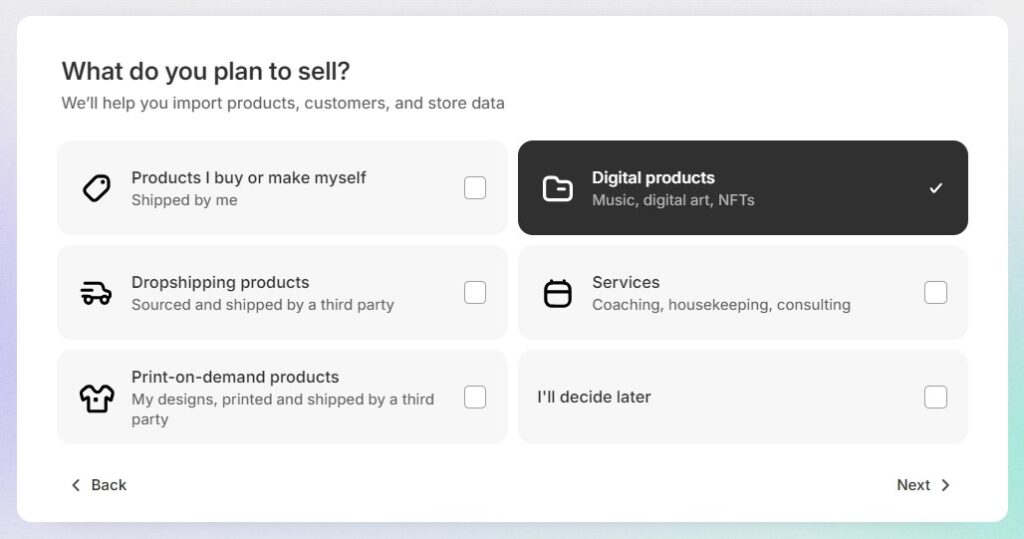
Step 1: Visit your Shopify admin dashboard > To create a new item in the store, click Products > Add products.
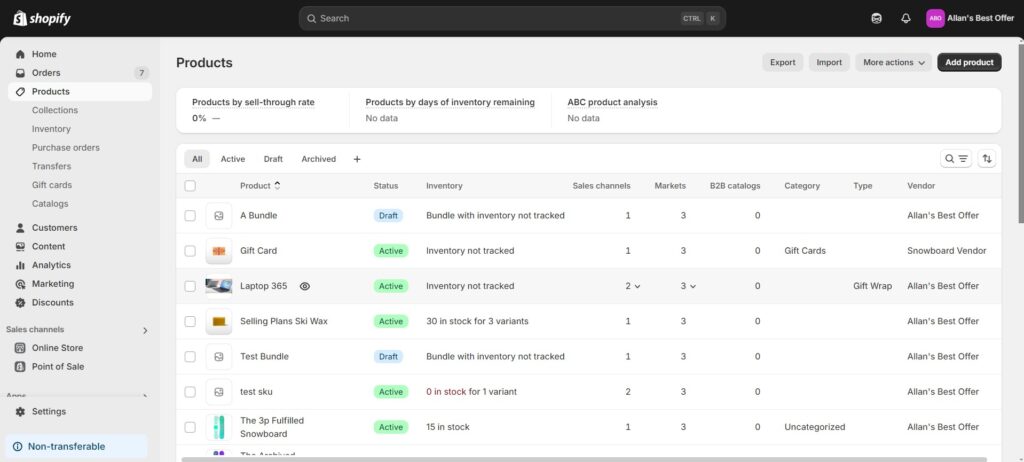
Step 2: Fill in the product details (title, description, etc.). Add relevant media and select a category in the store.
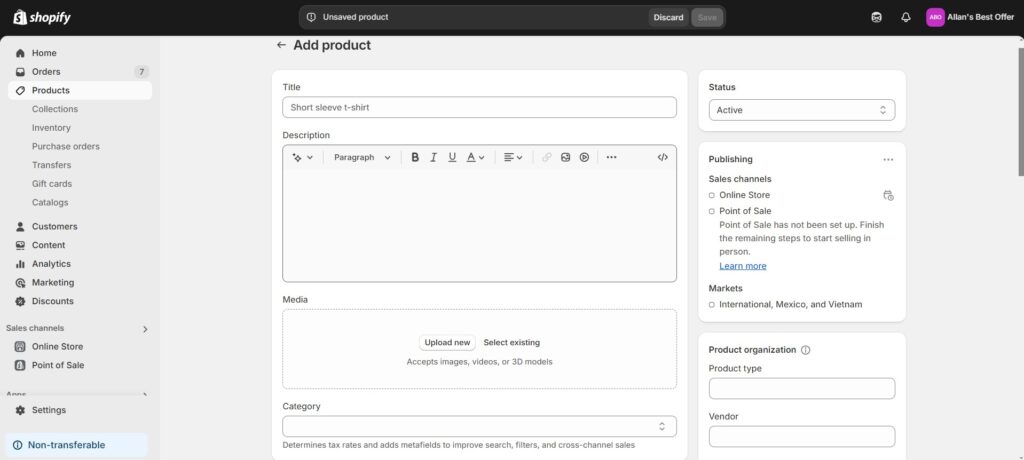
Since there is no need to track the quantity of a digital product, uncheck the Track quantity box. Then, uncheck the This is a physical product option to disable shipping.

Here are some tips for choosing a theme for your Shopify digital products shop:
Will changing themes break your store? While many store owners fear that changing Shopify themes will break their stores, changing it or editing current ones does not affect your content and other parts of your account.
Our recommendations include free and paid themes in the store, including:

Many Shopify merchants compliment Dawn for its responsiveness, ease of use, and customization, especially for those with knowledge of coding. Users highly recommend the free theme as one of the most optimal free themes on this platform.

Expression is a Shopify theme optimized for longer-form text sections, enabling brand storytelling for high-volume stores. Its flexible content-lead design offers versatile sections, including a customizable sidebar and editorial-style image and text columns.
Pricing: $280
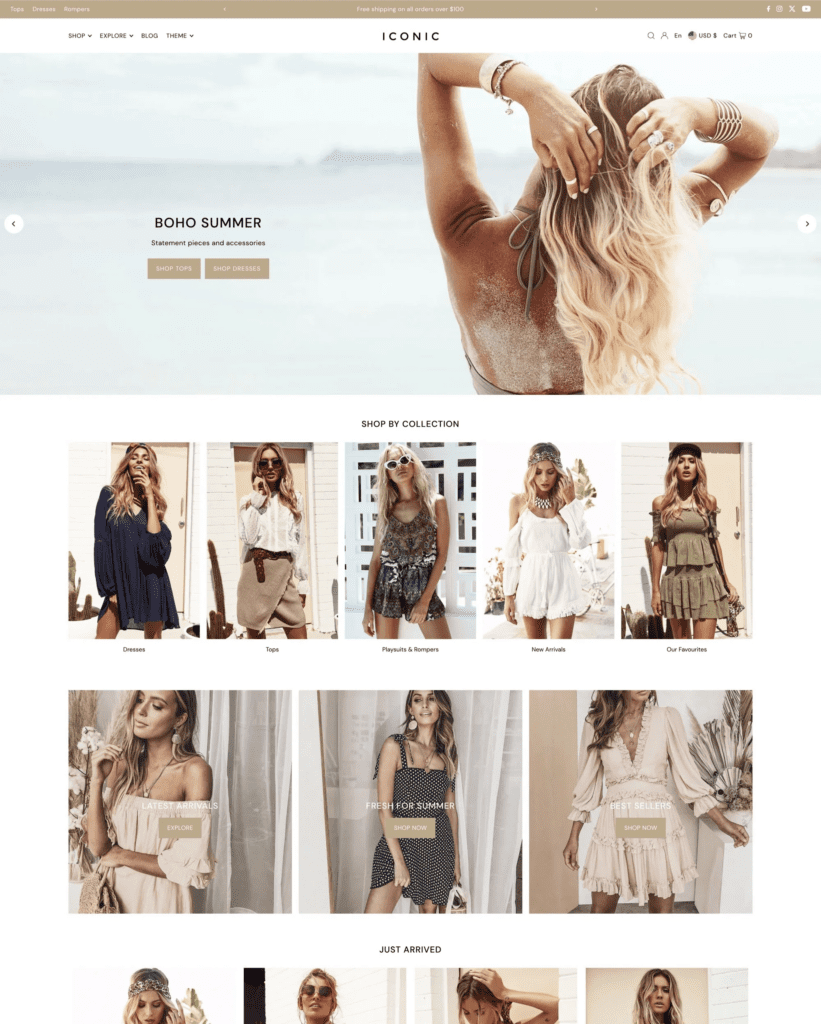
Well-supported and updated routinely with great features, Icon is a solid choice for increased accessibility & forward-thinking stores. The theme enables sellers to drive upsells and cross-sells in the store by offering an integrated OS2 filter with color swatches.
Pricing: $320

If you want to initiate a dropshipping service for Shopify digital products, try Woodstock as it is designed specifically for high-volume dropshippers. Shoppers can browse your products faster with advanced color swatches for attractive product display.
Pricing: $270
After creating new digital goods in your store, you need to enable downloadable files for these items. Use Sky Pilot, an external app with advanced features, for this process.
Sky Pilot is an optimal extension for automated downloads on Shopify, engaging buyers with direct digital content delivery in your store. It lets you sell e-goods on a subscription and through your own native app that matches your store branding.
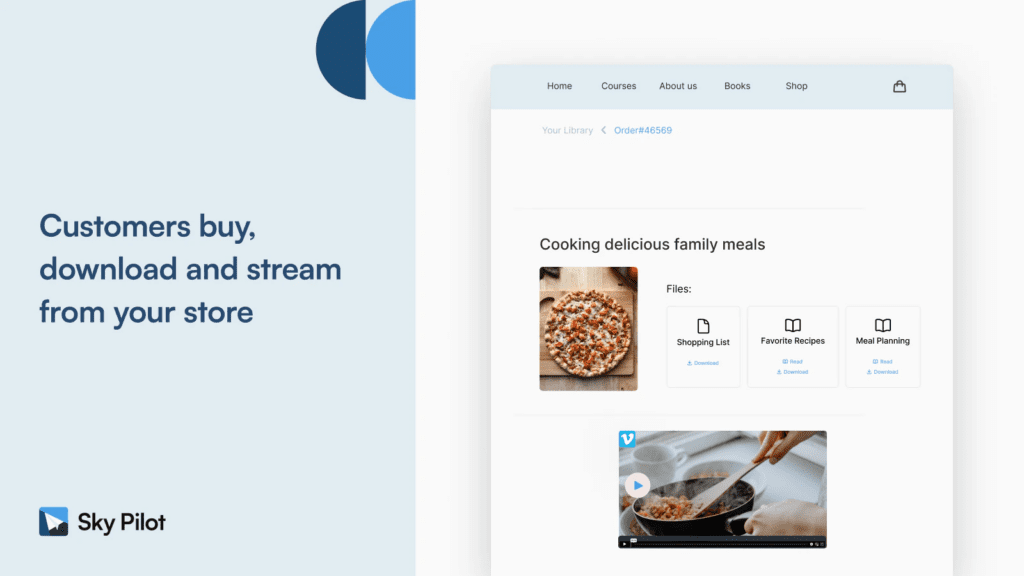
The product tag feature makes store personalization easy and enhances the shopping experience. You can secure all digital files with top-tier security, including login, IP alerts, PDF stamping, limited downloads, and more.
Shopify rating: 5.0/5 (371)
Pricing: Free; $9-49 per month
Developer: Sky Pilot
There are 2 ways to market your Shopify digital products, including its internal discount tools from the Shopify admin dashboard and a third-party software named BOGOS Free Gift & Bundle.
It can be somewhat limited to run promotions with Shopify native settings, so having BOGOS in your store will leverage your efforts. The app is built to provide powerful automated offers, including buy X get Y, product bundles, volume discounts, etc.
It enables advanced customization rules based on customer segments (e.g., specific location, order history, etc.) to boost conversion rates. The built-in reward methods like auto add to cart or gift slider are simple yet effective for customer satisfaction.
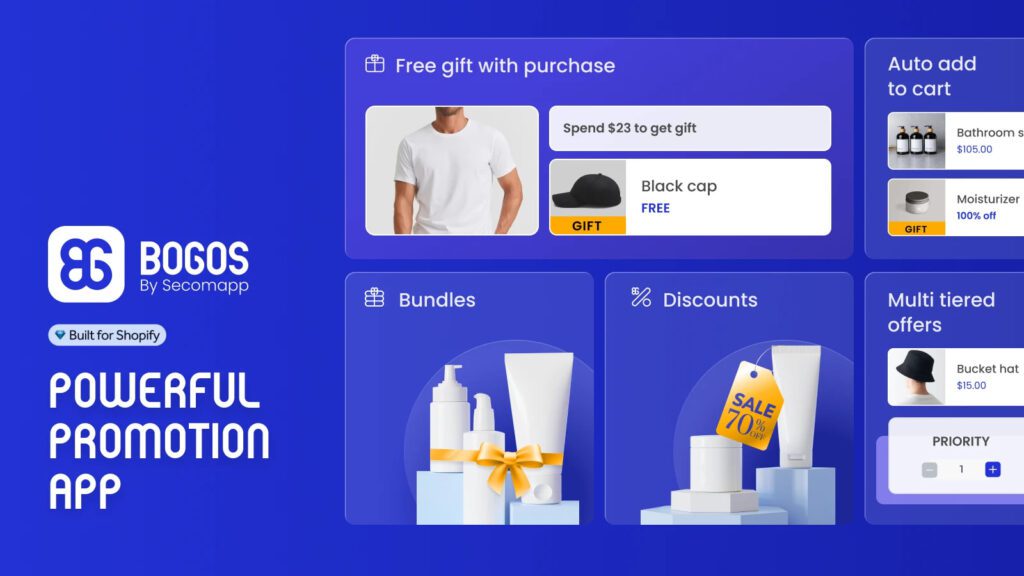
Shopify rating: 4.9/5 (2,508)
Pricing: $29.99-99.99 per month
Developer: Secomapp
Pros:
Cons:
To sell Shopify digital products effectively on this e-commerce channel, consider taking these actionable tips for building a solid foundation:
The first step of how to sell digital products on Shopify is identifying your target audience based on your chosen niche. The more targeted they are, the more you can attract and convert them into buyers.
After deciding where your customers spend most of their online time, build a consistent presence of your brand on that platform (e.g., Facebook, YouTube, LinkedIn). Engage and interact with them regularly via comments, private messages, or FAQs.
As content marketing has been diversified into various formats, you should promote Shopify digital products via popular options like blog posts and short videos. Make sure the content can solve problems for your ideal audience and showcase your product value.
Utilize social media platforms like Facebook, YouTube, or Instagram to create helpful content that shares tutorials, tips, and product recommendations. To maximize audience reach, you can repurpose blog articles into videos, graphics, or social media posts.
According to a study by Barilliance, product recommendations account for an average of 31% of e-commerce site revenues.
For a Shopify digital products store, recommending related products can significantly contribute to sales growth, as it provides opportunities for customers to discover additional items they might be interested in purchasing—even if they did not initially intend to buy them.
For instance, when a customer is interested in purchasing an eBook, recommending related online courses or digital templates can help increase AOV (Average Order Value).
A good product recommendation strategy typically leverages your Shopify store’s purchase history. In addition, highlighting best-selling, on-sale, or category-related items can also be an effective approach.
If you are interested in learning how to create Product Recommendations on Shopify, read this detailed guide for more information where we have covered everything you need: How to Add Product Recommendations on Shopify? A Comprehensive guide.
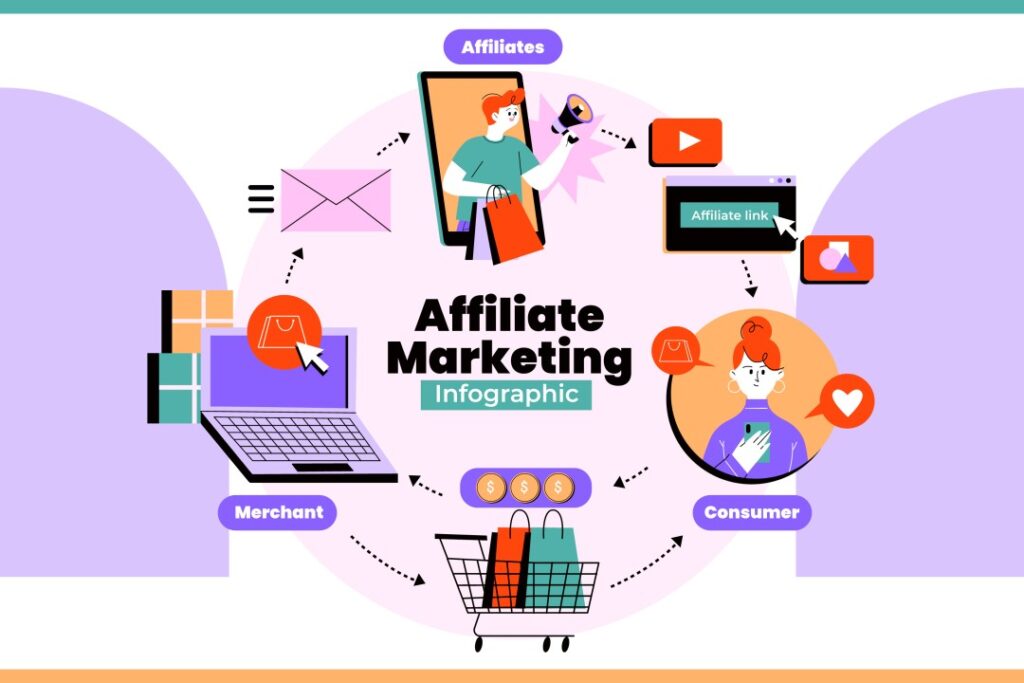
Affiliate partnership means they promote your digital goods in exchange for a commission on each sale. Thus, online merchants often include affiliate marketing in their promotional strategies to boost sales via the existing audience of their partners.
When implementing such a program, you must determine key factors involving the affiliate persona, commission rates, the affiliate management tool or platform, etc.
Offering samples or free trials of your Shopify digital products is a smart tactic to monetize the items while building customer trust. For example, if you sell an eBook or an online course, let buyers preview the first book chapter or try a short module.
Another approach is to provide freemium models or tools that are still useful to your audience with the option to upgrade to a paid advanced version.
Use trusted tools like SEMrush or Google Keyword Planner to identify highly searched keywords in your niche. Make a list of these keywords and incorporate them into your website, especially in blog posts and product pages to boost search engine results ranking.
Consider collaborating with authority figures in your niche, such as influencers and other relevant websites, to link back to your product pages as backlinks.
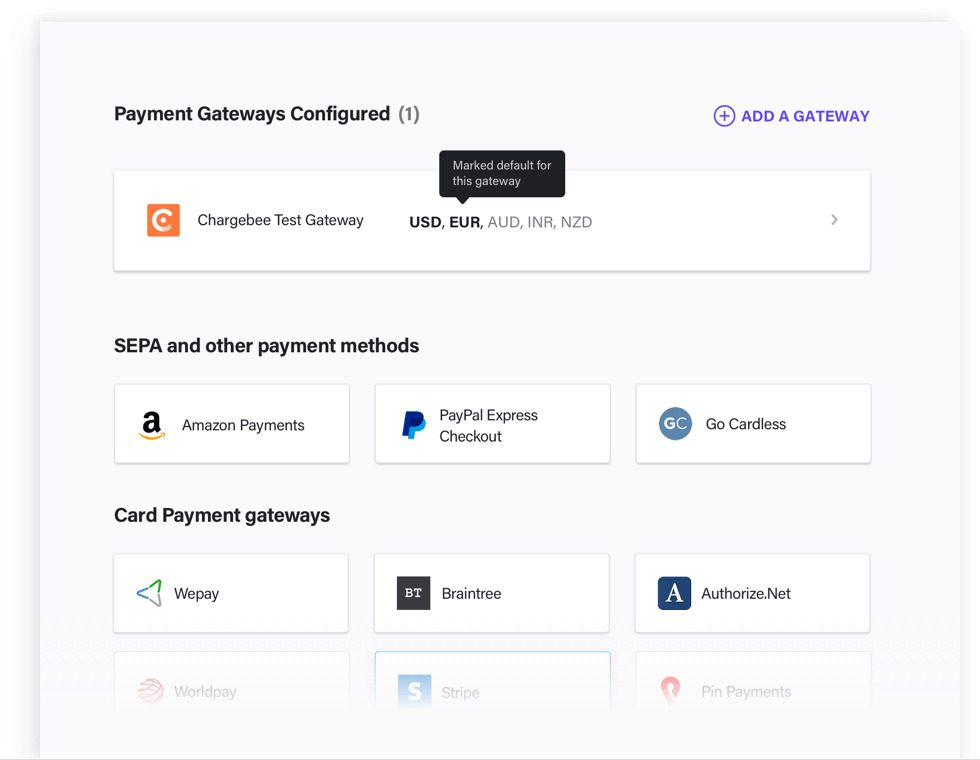
Most online shoppers of Shopify digital products expect to have flexible pricing plans, especially for high-ticket goods like monthly installments of an expensive course. However, you can still encourage upfront payment through a discount for a one-time full purchase.
Make sure your store accepts various payment methods (e.g., PayPal, credit/debit cards, etc.) and offers a subscription model for recurring services to retain customers.
These Shopify stores represent the diversity of digital goods available on the platform, catering to various interests and needs across multiple niches.
Shopify digital products include e-books, online courses, software applications, mobile apps, digital art, music files, stock photos, website templates, cloud-based services, and subscription-based content like streaming services. These products are delivered electronically, making them easily accessible and convenient for users.
To create a digital product, identify a target audience and their needs. Develop your idea into a tangible product, such as an e-book, course, or software. Use relevant tools for creation, design, and formatting. Finally, market your product through online platforms and sales channels to reach potential customers.
Current trending Shopify digital products include online courses focusing on skills like coding and marketing, subscription services for exclusive content, mobile apps for wellness and productivity, virtual reality experiences, digital art and NFTs, and e-books on personal development. These goods cater to growing interests in remote learning and digital engagement.
Digital products generally offer higher profitability than physical products due to lower production and distribution costs. They require no inventory, have minimal overhead, and can be sold repeatedly without additional manufacturing. Plus, digital products can reach a global audience instantly, increasing potential sales and revenue without significant logistical challenges.
Over time, Shopify digital products have proven to be sales-boosting assets in the e-commerce market. As more customers are shifting to purchasing digital files, online merchants can likely grow their businesses with this type of product.
Before determining which e-goods are profitable, consider relevant factors regarding your business requirements and scalability. Additionally, incorporate our tips and advice to maximize your efforts in selling these digital items.


Creating gift-with-purchase (GWP) promotions using discount codes on Shopify presents significant user experience challenges when relying on Shopify’s native...
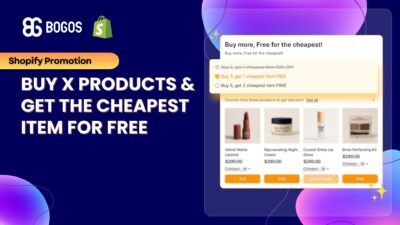
Building a “buy X products and get the cheapest item for free” promotion on Shopify is an effective strategy...

Offering free gifts directly at checkout is a powerful last-minute conversion strategy that can increase average order value and...
